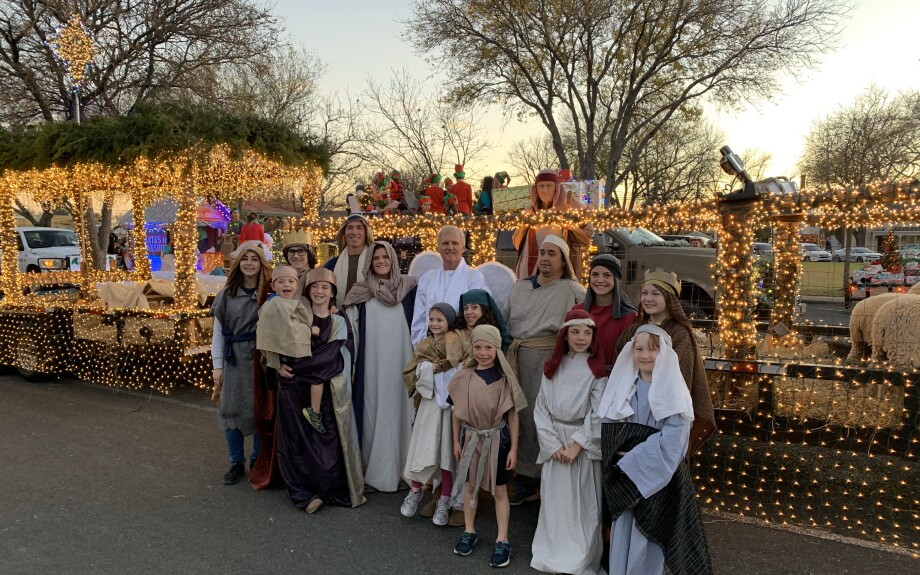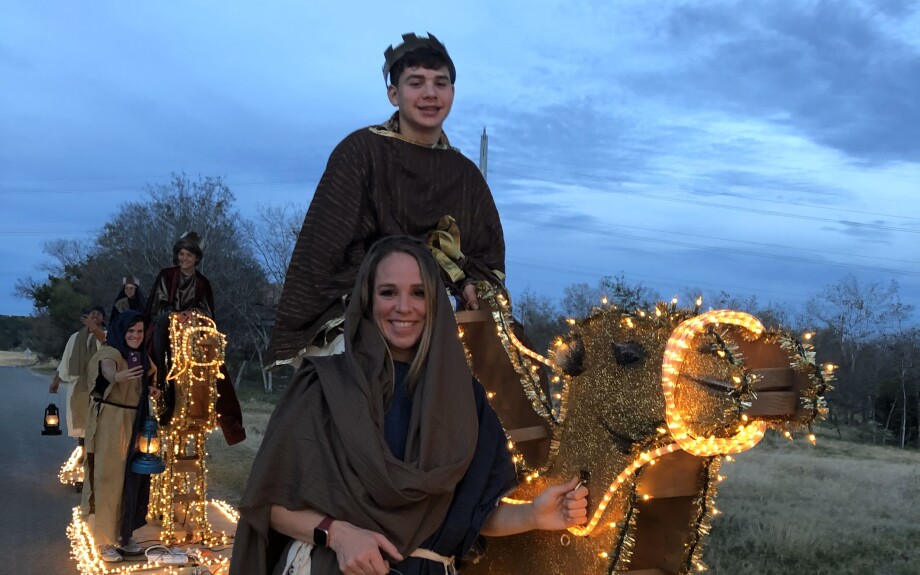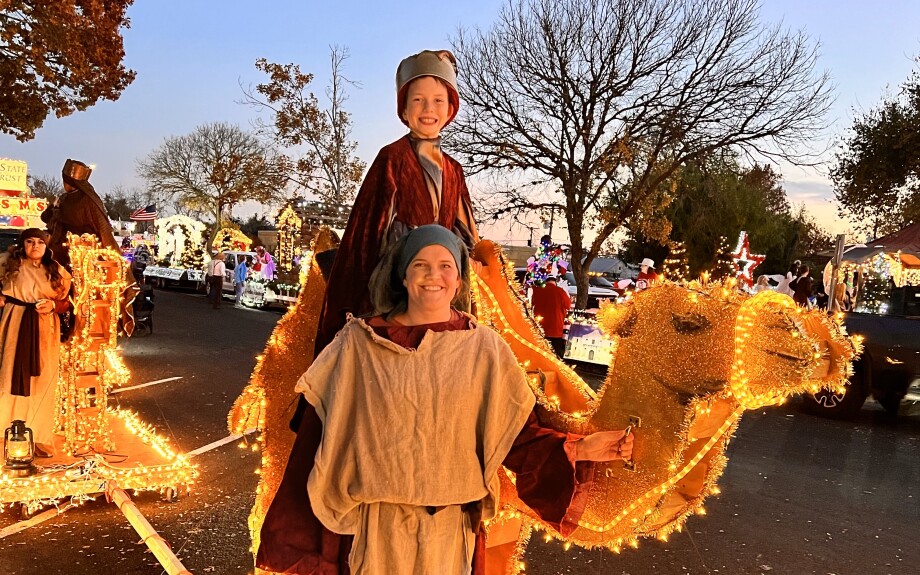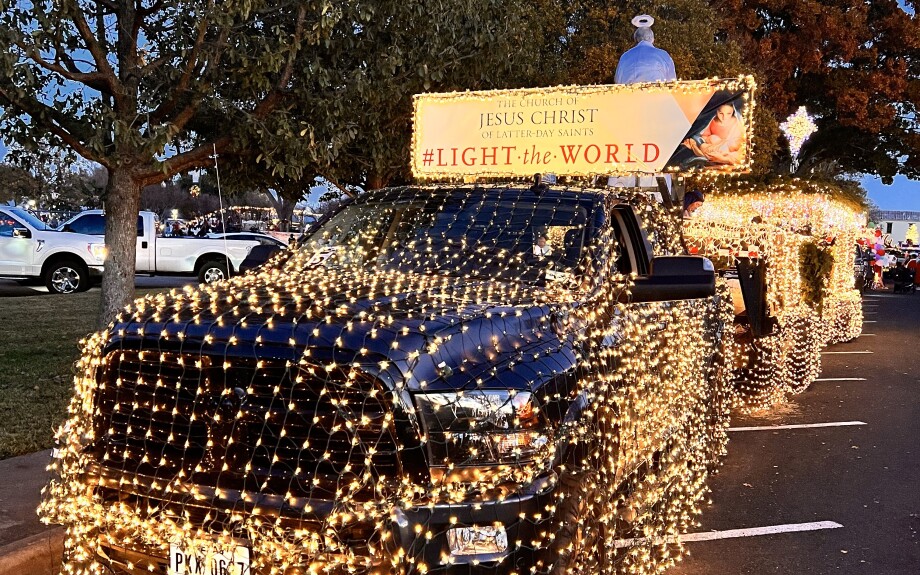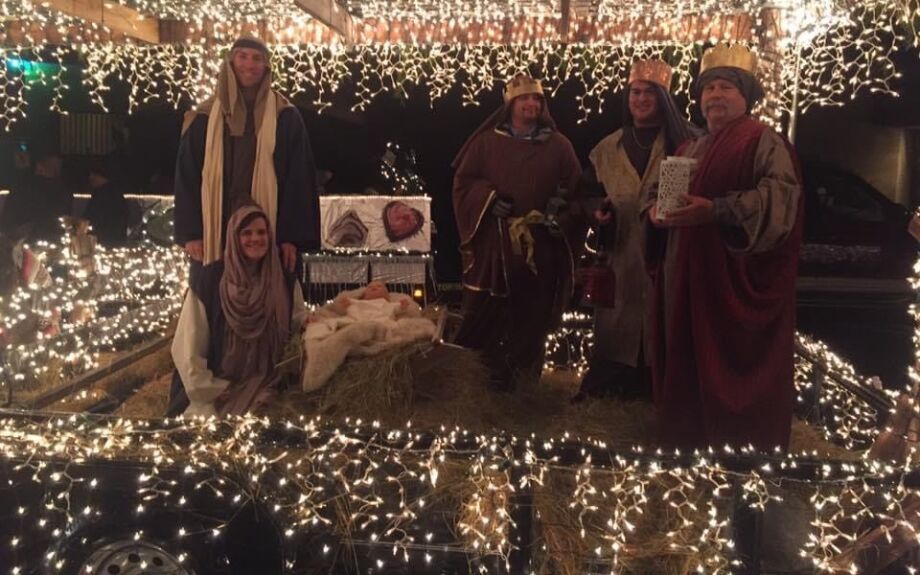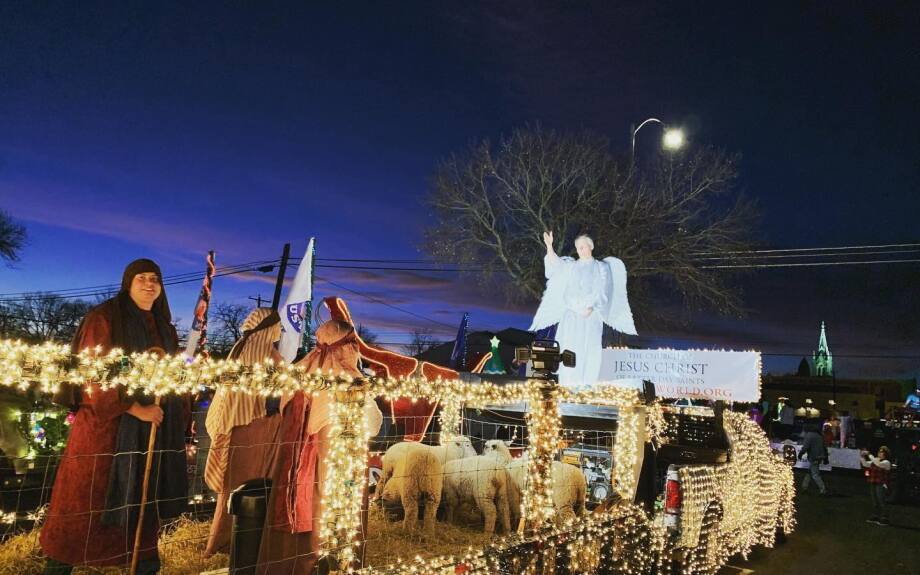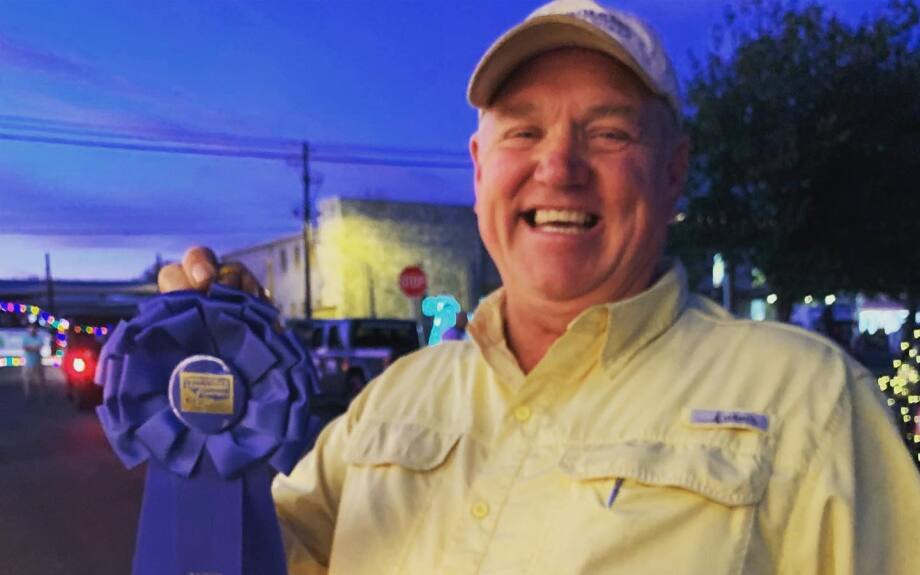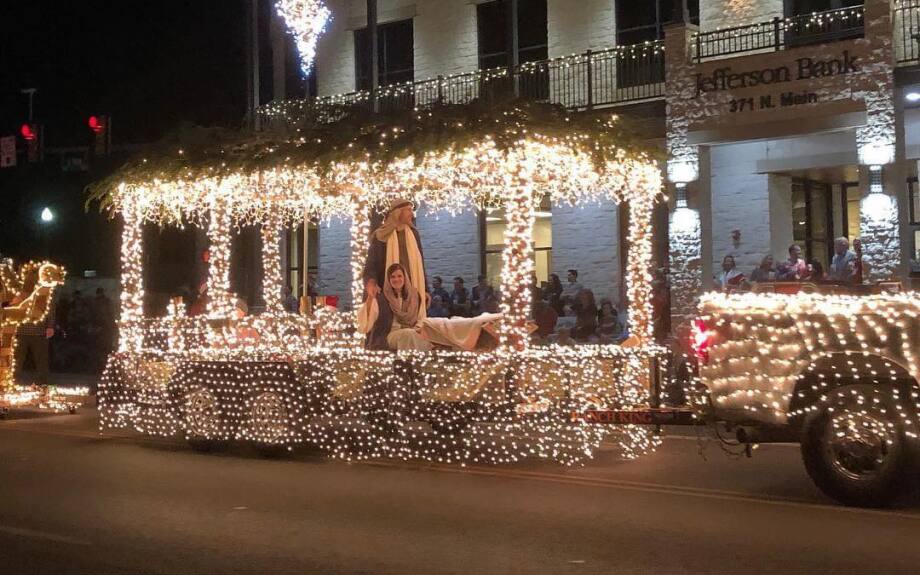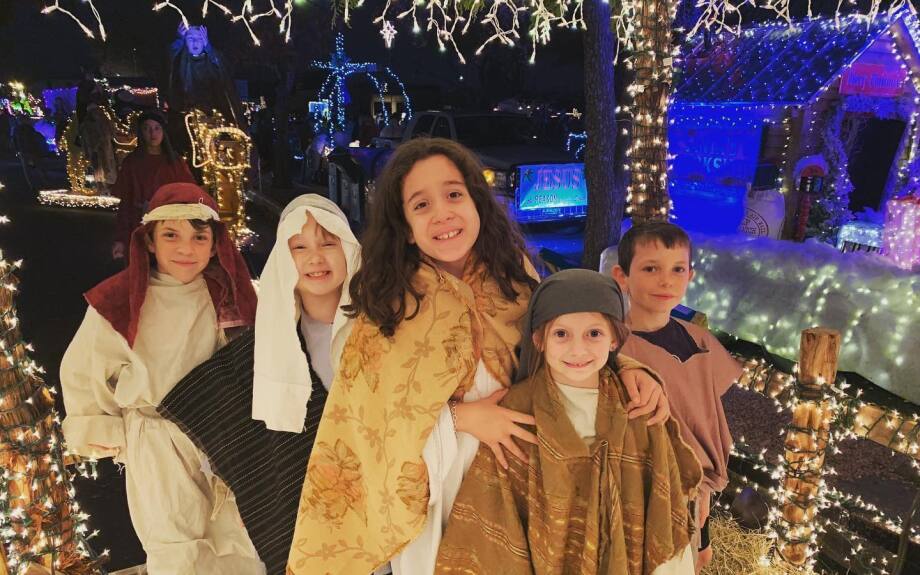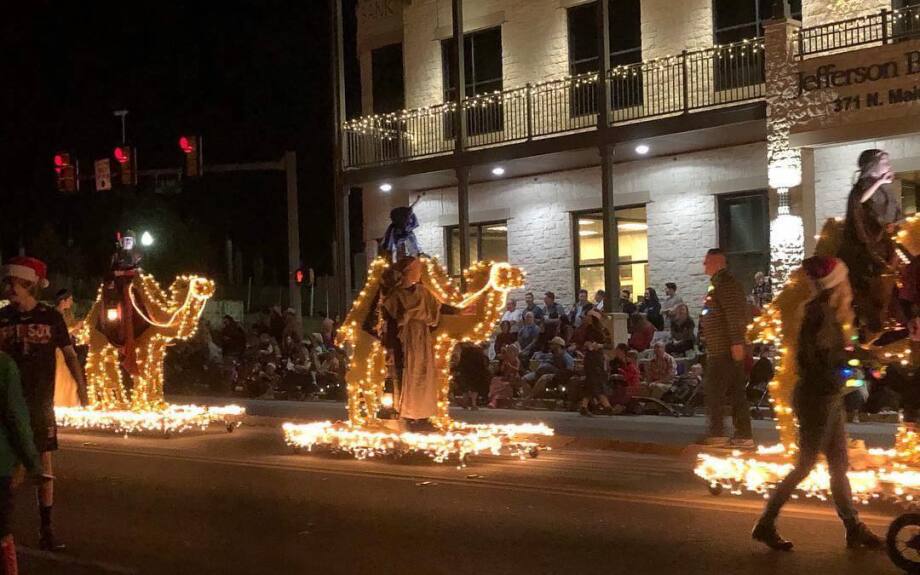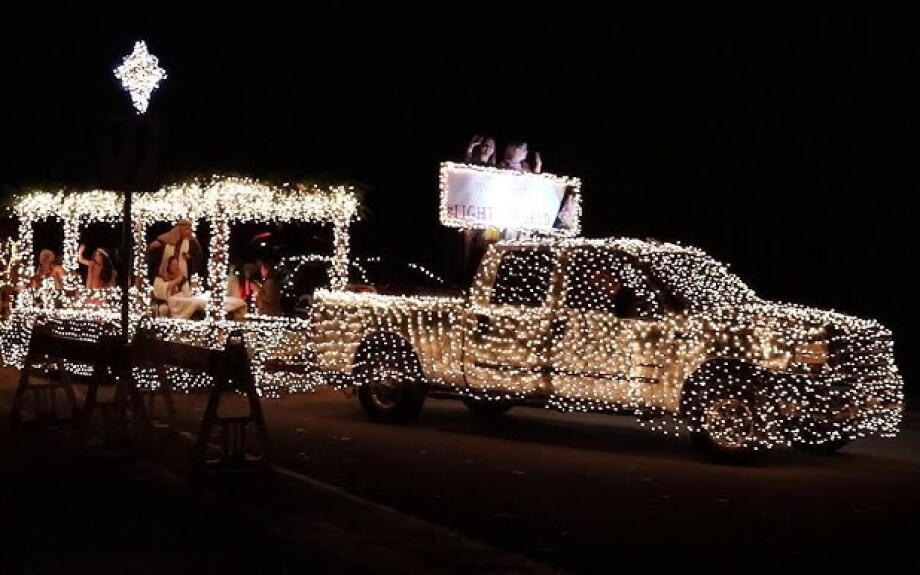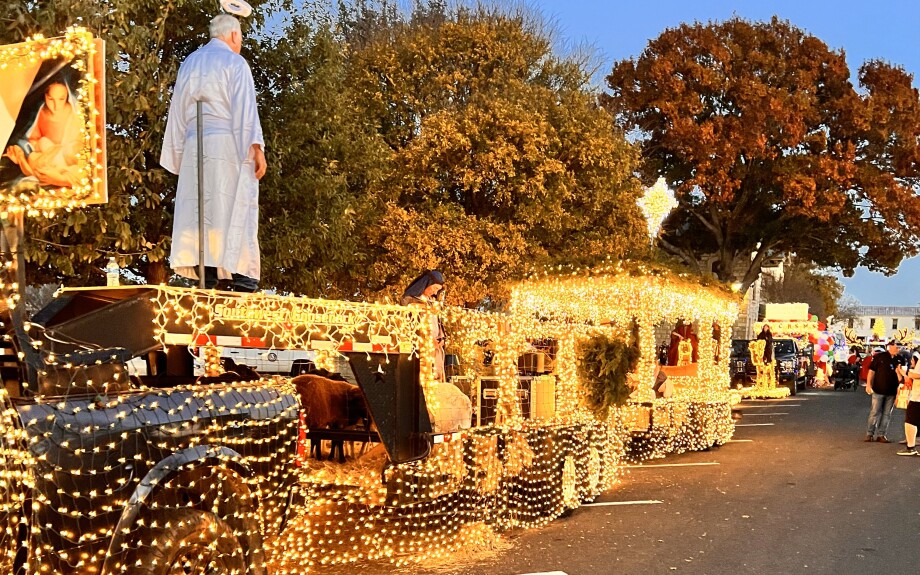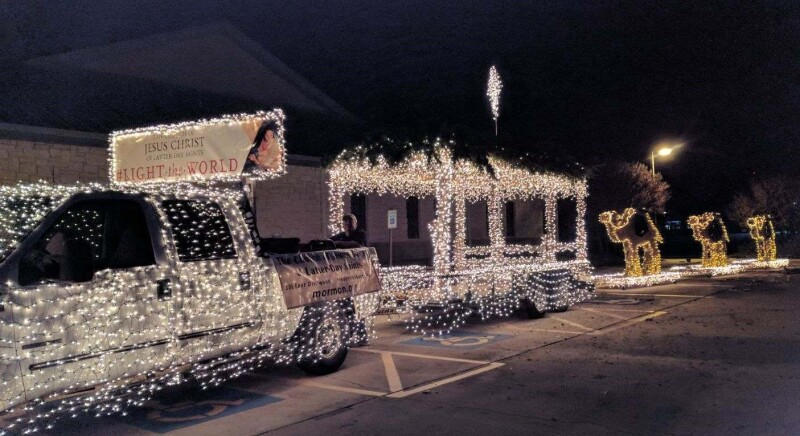
Out in the tiny town of Fredericksburg, Texas, far away from the bustle of bigger cities, something magical happens each December. A branch of faithful Latter-day Saints come together and put in hundreds of hours of work and many personal resources to build a life-sized nativity float out of lights.
The glowing spectacle has featured over 35,000 lights, reached a length of 90 feet, required two generators to power, featured live animals and actors, won numerous awards, and been televised across Texas.
All the dazzling lights serve a simple purpose: to show that The Church of Jesus Christ of Latter-day Saints believes in Jesus Christ and that we celebrate Him each Christmas season.
A Beacon of Christlike Light
The Fredericksburg Branch Christmas float began in 2013, but the idea was in the works long before that. Rick Weirich, a devoted branch member, visited Temple Square during Christmas and fell in love with the lights covering just about everything. So when he moved into a home in Texas with a large front yard, he knew it was the perfect place to set up his own light display.
Weirich quickly discovered that everyone in his small town knew he was a member of the Church. What they didn’t seem to know was that as a member of the Church, Weirich believed in Christ. He determined that he could show the community his beliefs by turning his house into a beacon of Christlike light.
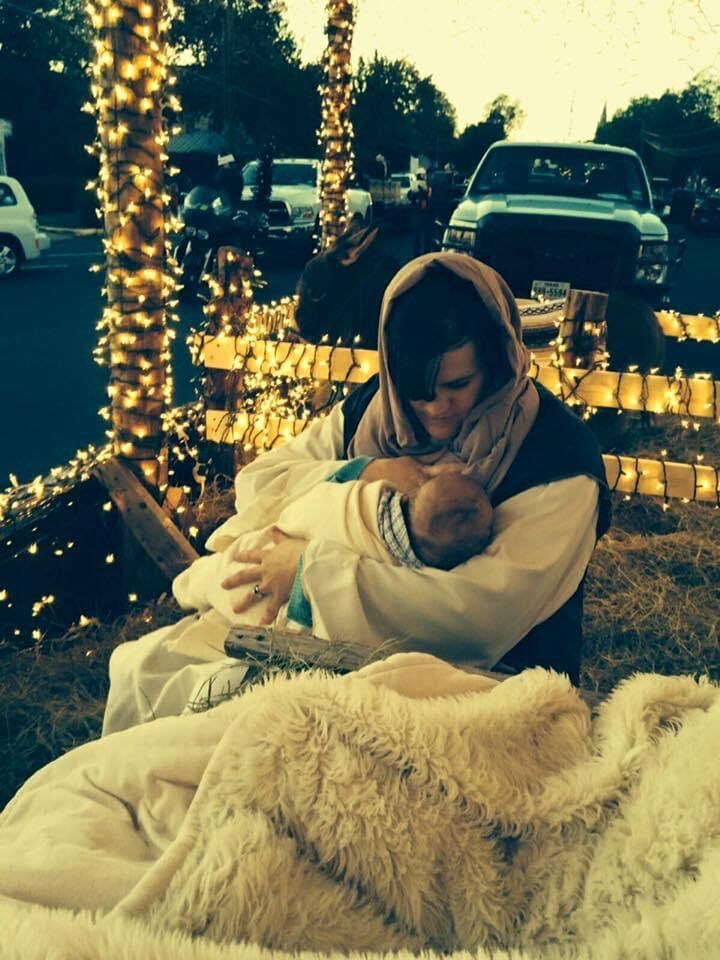
While there would have been plenty of ways for Weirich to share his testimony of Christ with the community (such as through Christlike service or by inviting neighbors to listen to the missionaries), he remembered the impact that the Temple Square lights had on him. He knew that he could recreate that feeling and “decorate our house totally, with all the trees lit up from branch to branch all the way to the top with different colored lights.” Weirich says.
The family would begin decorating during the October general conference. The kids would sit on the floor watching conference and weaving together strands of red and white string lights. Weirich went all out with his light display, often having over a hundred strands of lights that needed to be woven together.
“We would decorate all the trees, and our fences, and our driveway, and the house. We even added a huge live manger scene,” he says.
That manger scene was always the centerpiece of the whole display. Year after year, people would drive from nearby towns to see their light display and manger scene, reverently taking in the sight while music from The Tabernacle Choir at Temple Square played in the background.
The display used so many lights that one year it even burned out the Weirich’s electric meter for the house. The Weirichs had a commercial meter installed so they could continue adding lights to the display.
Building a Brilliant Float
Leaders from the community’s annual Christmas Parade later invited Weirich to build a float, and he wanted to apply the same light-up manger design.
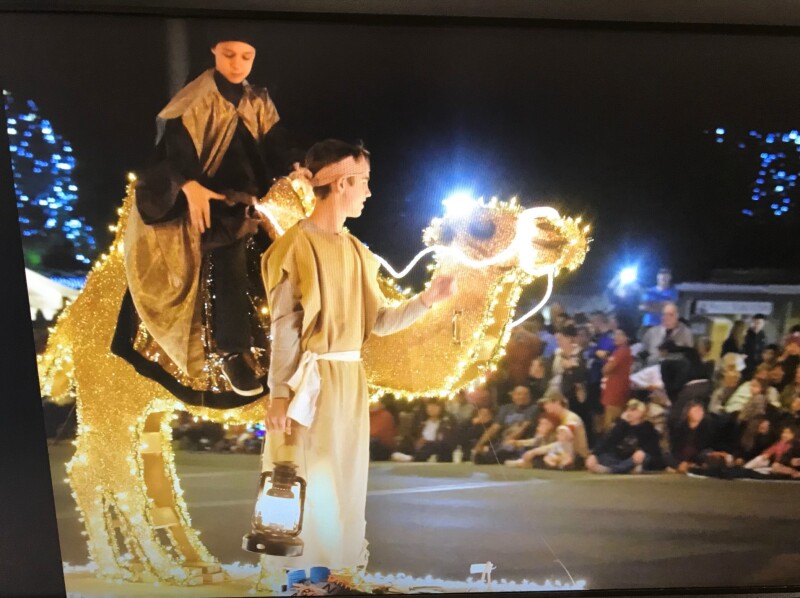
The first year he created the nativity float, Weirich focused on just the manger scene and enlisted help from members in his branch to get it done. The float continued to grow in size and scale as the years passed, first by adding a string of wooden camels carrying wise men behind the main scene, then with live goats, sheep, and shepherds. Later they added an angel to deliver the news of Christ’s birth, then a star to float above the Christ child, and finally some missionaries riding behind a “Light the World” sign.
While Weirich put in the bulk of the work, he relied on his branch members to bring his vision to life. The body of the float was built on a trailer that one branch member lent to them. Another member provided his sheep and goats, while others volunteered to be the holy family. Working together, they crafted and coordinated the entire effort anew each year, as the float had to be disassembled at the end of each parade season so the trailer could be used by the owner for the rest of the year.
This meant that the actual float varied a bit from year to year, reaching a maximum length of 90 feet and over 35,000 lights one year. The effort of building the float required upwards of 100 hours of service, which the members willingly gave to help show the community their dedication to celebrating Christ at Christmas. And nine years later, that same branch continues to rebuild its beloved nativity float.
Watching the Float Go By
Throughout its life, the Fredericksburg Branch Nativity Float has won a series of awards: First Place in the Religious Floats category of the Fredericksburg Parade, the Sweepstakes award and the Best Overall Float for the Comfort Parade, and the Most Festive Float for the Boerne Parade, to name a few. But it was never awards that motivated Weirich.
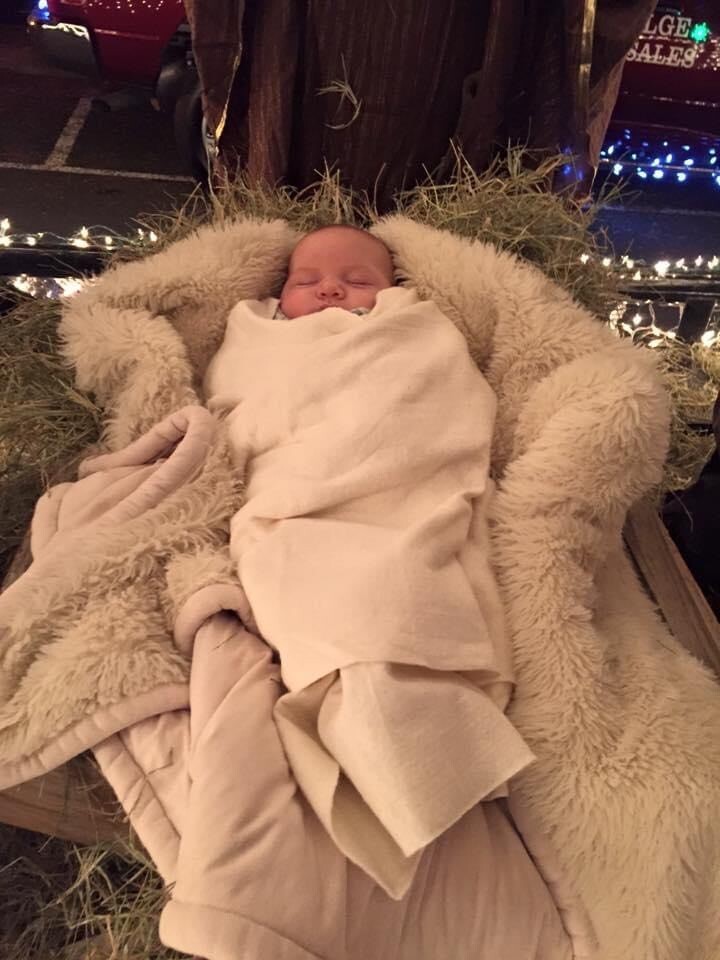
“It’s not that we were after a ribbon; that was the icing on the cake,” Weirich says. “The issue was making sure that everybody knew that that was the Church of Jesus Christ of Latter-day Saints, and they do believe in Jesus Christ. And they do believe in the birth of a Savior.”
Driving the luminous float, or performing on it, has been a spiritual experience for many Fredericksburg Branch members. Jessica Borchers Weirich (Weirich’s daughter-in-law) played Mary for several years on the float.
“The best part of the float is watching the faces in the crowd light up as we come closer,” she says. “As the light from the float reaches them, they’re beaming with smiles, standing, clapping, and waving. You can see the light of Christ in the whole crowd. It’s really an amazing spiritual experience.”
Trevor Kulbeth, a branch member who has taken over the float this year says, “As we’ve gone through the parade route people will stand up, take off their caps, and become reverent as we pass by in recognition of the message of Christ, and I think that’s very special to see. There’s been a lot of gratitude shared with us for sharing that message every year.”
Weirich treasures his experiences with the nativity. “It was so much work. There was so much orchestrating between live animals, and people, and different trailers, and all that went into it. … But, man, when it was put together and it was all one big train of beauty: words can’t describe the looks on people’s faces seeing it.”
Weirich has had to step back from the float in the past few years, but he is happy to see the branch carry on the annual project. This year’s project leader, Trevor Kulbeth, has made sure the central message of the float is honored.
“Every year [as] we talk about the float, the common theme is to make it about Christ,” he says. “He is the center of our lives and our religion.”


